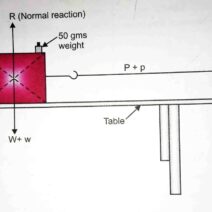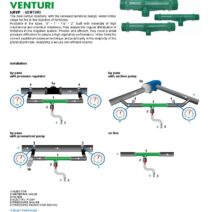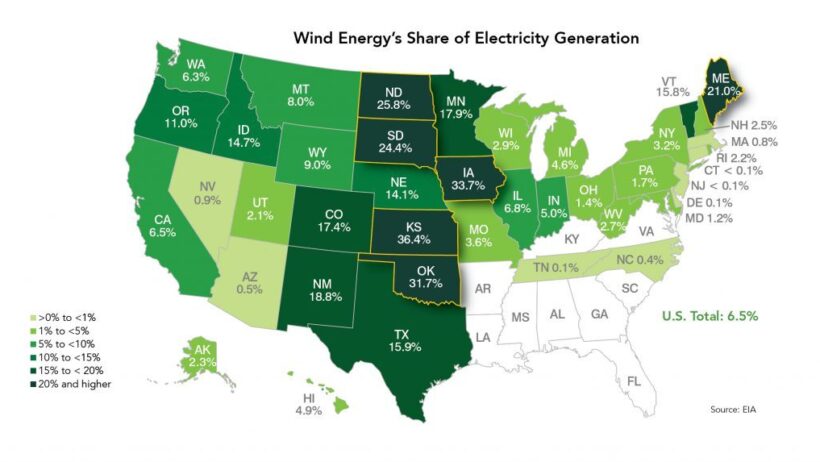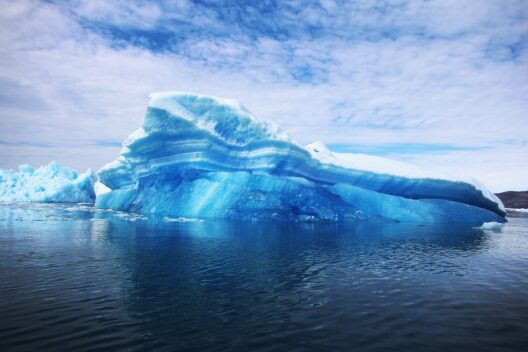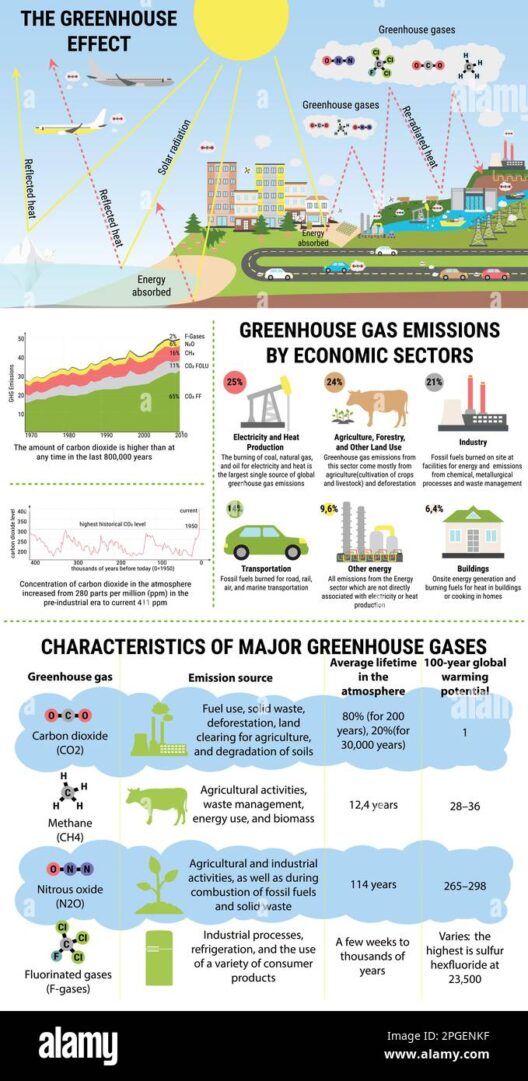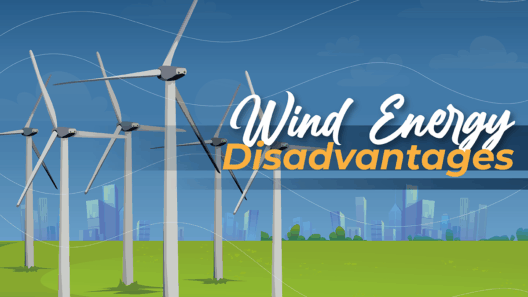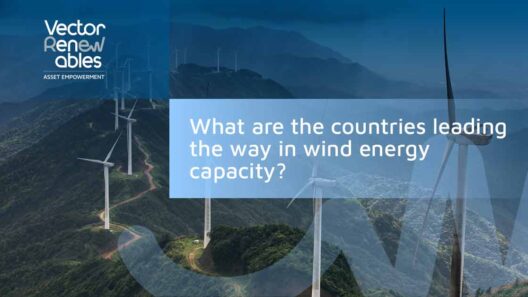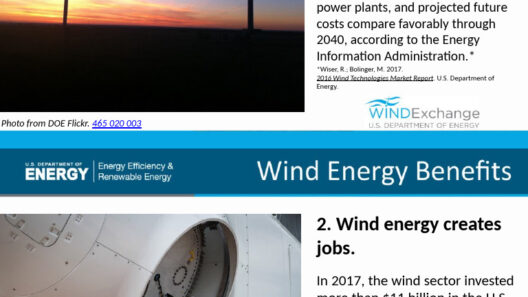As the sun sets on the expansive plains of America’s heartland, one can witness a breathtaking tapestry of towering wind turbines punctuating the horizon. These modern sentinels, spinning gracefully in the breeze, are not merely aesthetic marvels but critical players in the complex orchestra of American energy production. The rise of wind energy in the United States is a transformative saga that intertwines technological innovation, environmental stewardship, and economic opportunity. So, let us embark on a journey to understand the percentage of wind energy in the U.S. and unravel its significance in today’s energy landscape.
Wind power has surged through the ranks of renewable energy sources, becoming a cornerstone in the quest for a cleaner, more sustainable future. By harnessing the kinetic energy of the wind, turbines convert air currents into electricity, epitomizing a harmonious relationship with nature as opposed to the extraction methods of fossil fuels. Presently, wind energy accounts for approximately 9-10% of total U.S. electricity generation. This figure, while significant, is merely the tip of the proverbial iceberg, hinting at the vast potential that lies beneath the surface.
To truly appreciate the role of wind power, one must delve into the geographic intricacies and economic ramifications that shape its deployment across the nation.
The Windy States: A Geographic Overview
The Midwest, affectionately dubbed “America’s Wind Belt,” is a veritable cornucopia for wind energy production. States like Texas, Iowa, and Kansas dominate the landscape, equipped with optimal wind conditions and expansive open spaces. Texas, indeed, leads the nation, generating more wind energy than any other state — a remarkable feat that underscores the potential of wind power as a formidable energy source in America’s portfolio. Yet, wind energy’s appeal reaches beyond just geography; it is a tapestry woven with local economies, jobs, and technological advancements.
As we meander through this wind-driven narrative, it is essential to acknowledge the role of advancements in turbine technology. Modern turbines, with their towering height and expansive blade lengths, capture more wind than their predecessors, thereby enhancing efficiency and output. This relentless pursuit of innovation has not only bolstered production capabilities but also reduced the cost of wind energy, making it competitive with traditional energy sources.
The Economic Choreography of Wind Energy
Wind energy is not merely an environmental boon; it is a catalyst for economic prosperity. The wind sector has become a vital job creator, providing employment for thousands of Americans from diverse backgrounds. The promise of green jobs is alluring, transforming landscapes once associated with dwindling industries into vibrant hubs of technological exploration and workforce development. Communities neighboring wind farms reap economic benefits through land leases, local infrastructure investments, and increased tax revenues, augmenting local economies.
This economic vitality, however, extends beyond the immediate vicinity of turbines. When considering the entire supply chain—manufacturing, installation, maintenance, and more—the wind energy sector generates a broader economic ripple effect. As wind energy costs continue to be driven down, the savings translate into lower electricity bills for consumers, making an already appealing source of energy even more attractive. This domino effect presents a compelling case for increased investment and expansion in wind technologies.
Turbulence and Triumph: Challenges Faced by Wind Energy
Despite the promising landscape, the expansion of wind energy is not devoid of challenges. Intermittency issues loom large, as wind is inherently variable. The inconsistency of wind patterns necessitates complementary energy sources to mitigate fluctuations in energy supply. Herein lies the intricate interplay between different energy types, wherein wind power must align harmoniously with solar, hydroelectric, and traditional fossil fuels to create a balanced, reliable energy grid.
Additionally, opposition stemming from local communities often emerges due to concerns over noise, aesthetics, and potential ecological impacts. Thus, fostering a collaborative dialogue between energy developers and local stakeholders becomes paramount in addressing these concerns while highlighting the long-term benefits of wind integration.
From Awareness to Action: The Future of Wind Energy
As America stands on the cusp of a renewable revolution, the call to action is palpable. Stakeholders from various sectors must unite to ensure wind energy’s sustainable growth. Politics, policies, and public perception are critical threads that must be carefully woven to support a broader acceptance of wind as a viable energy source.
This future isn’t merely about statistics and percentages; it encapsulates a vision where communities thrive in synergy with their environment. With global climate concerns pressuring decision-makers, the imperative to transition to renewable energy sources like wind grows more urgent. The evolution of policies to incentivize clean energy can accelerate this transition, propelling America further towards an ambitious goal of a sustainable, low-carbon future.
In conclusion, as we advocate for policies that enhance renewable energy development, it is vital to recognize the unique role of wind energy in the American energy mosaic. The promise of harnessing the wind is not only an ecological imperative but also an economic opportunity that can provide countless benefits across the country. Just as those grand turbines grace the fields, providing a dance with the wind, so too must we dance with the possibilities that wind energy brings to the forefront of our national narrative.
